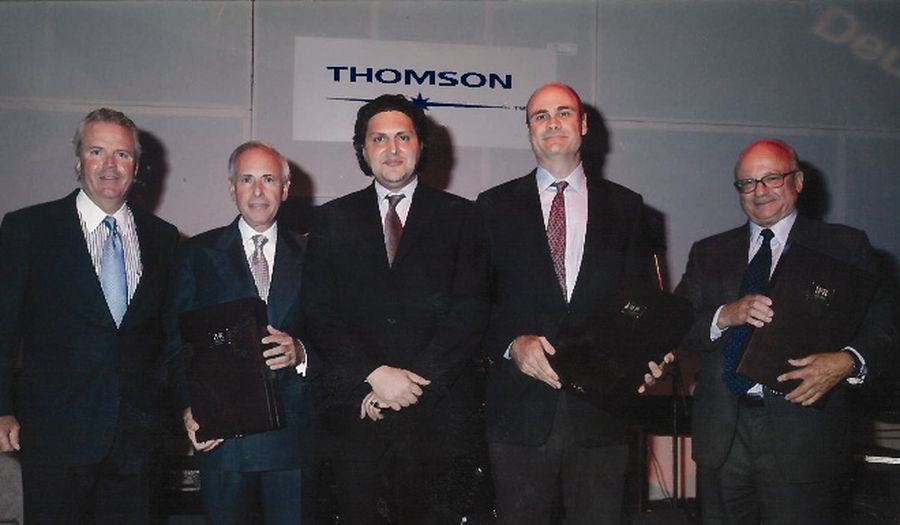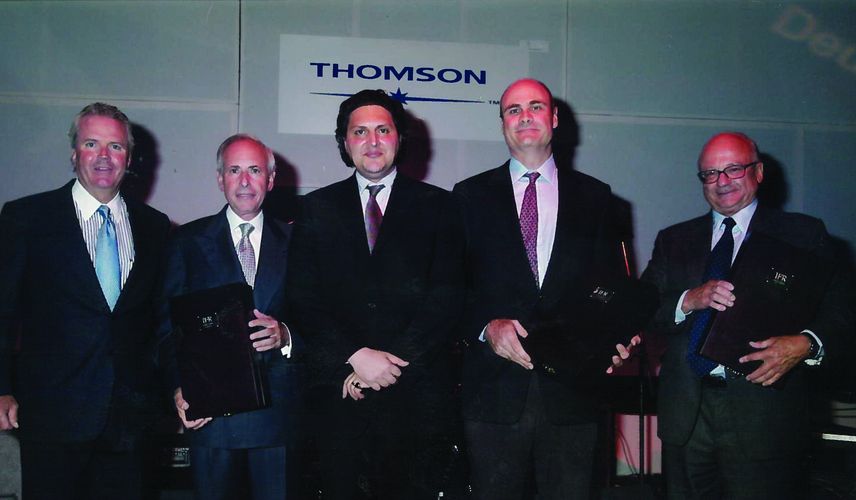The wave of heartfelt and compassionate tributes that have been pouring in since the death of Jimmy Lee was announced yesterday is a true mark of a market legend. I can add little in the way of additional detail but certainly agree wholeheartedly with the sentiments expressed by peers in the banking industry and competitors who tried so valiantly but rarely succeeded in getting one over on Jimmy when he was on his game.
The fact that so many clients have taken to media and social media to express their sentiments and offer condolences is so fitting for a man who never lost sight of what he was there to do – provide service. In that guise, Lee took on the persona of a banker from a lost generation, a throwback to the days before banking became a personal money-making machine … for bankers.
That’s not to say he wasn’t ruthless in the pursuit of the deal. He was. Not to mention the fees that he demanded in return for mobilising huge amounts of capital to get the deal done and done quickly.
I got to know Jimmy in the mid-1990s when he was king of the syndicated loan market at Chase Manhattan Bank. Chase’s loan team in those days was in essence formed around Chemical Bank. Jimmy, along with the likes of Peter Gleysteen, Greg Nelson and Don McCree – all Chemical Bank men – were at the core of the syndicated lending business and, with the exception of McCree who joined a little later, had all started out in the mid-1970s.
They drove the business hard, garnering ever-larger market-share positions as the platform grew larger as Chemical took over first Manufacturers Hanover then Chase then JP Morgan (better known in the syndications business as Morgan Guaranty).
Jimmy drove the business through the cycles, through recessions and growth spurts, and through M&A and leveraged finance booms and busts. He institutionalised loan distribution through B-loan carve-outs; he took the loan market closer to bond-style pricing mechanics through the application of market flex; he made the business of position sell-down an art, and he brought deals to corporates looking to make acquisitions as well as the big private equity funds with committed capital – pretty revolutionary back in the day. He was an inveterate and indefatigable networker.
With so many achievements behind him, I gave Jimmy two special awards when I was IFR editor-in-chief. The first, in 1999, was an award to Chase as the Loan House of the last 25 Years – on the occasion of IFR’s 25th anniversary. (See the article I wrote here.) Jimmy was, I think, delighted with the award despite his best efforts not to show it. The twinkle in his eye and the incipient smile he gave when I let him know told me all I needed to know.
Five years later, when IFR turned 30, I hosted a party in London and gave out four special awards for lifetime achievement. Jimmy Lee (pictured, far left) picked up his award for service to the syndicated loan market. I recall he was in California at the time visiting clients but he made the effort to be in London, for which I recall being very relieved – and grateful. He joined Eric Dobkin (lifetime achievement for services to ECM); Peter Hancock (derivatives) and Hans-Joerg Rudloff (bonds). It was a pretty accomplished group of people.

In the special 30th anniversary supplement IFR produced in association with the party, I included Jimmy in the ‘IFR 30”, a list of the 30 people who IFR singled out for their contribution to the development of global capital markets over that period. “Once a buy–and–hold backwater for bilateral lending, the US loan business – and the global loan business for that matter – has morphed into a semi-liquid, broadly held, trillion-dollar asset class. Banks, in large part, have James B.Lee Jr to thank for that”, I wrote at the time.
The banking industry is poorer for the loss of Jimmy Lee. As the industry morphs and transforms and tries to move on from the beating it’s taken since the global financial crisis, the irony is that Jimmy represented, at one and the same time, what banking used to be about and what it needs to become again.

